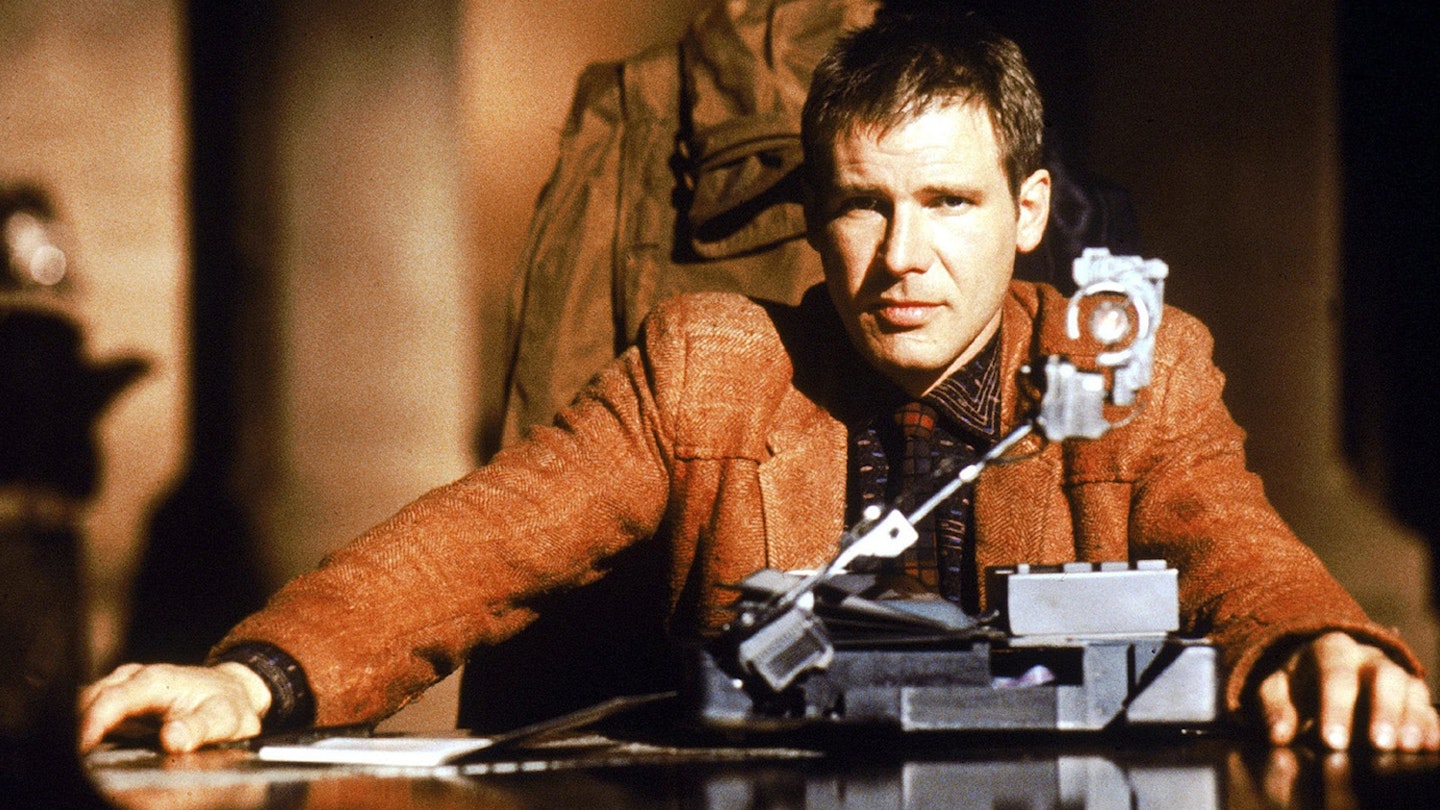Some Director’s Cuts are full of largely insignificant changes – filmmakers tinkering with tiny tweaks to shots, cues, edits and more, creating alternate versions of their movies that to most audiences are indistinguishable from the theatrical editions. But there are other Director’s Cuts that completely change the viewing experience – ones that reinstate tons of extra footage, bring in entire subplots and characters cut from the original release, or that feature radically different endings to the ones that hit the multiplexes.
As audiences bask in Zack Snyder’s Justice League – the mythical four-hour ‘Snyder Cut’ that now finally exists after a years-long fan campaign and $70 million-ish of additional post-production – Empire takes a look over the Director’s Cuts that, for better or worse, made major changes to the original movies. Some give the films a whole new flow, others unfold key plot points differently – and a handful boast far longer running times, full of footage that should never have been excised. Dig in, clear your weekend, and kick back with some significant extended editions.
READ MORE: The 100 Greatest Movies
Director's Cuts That Changed Classic Movies
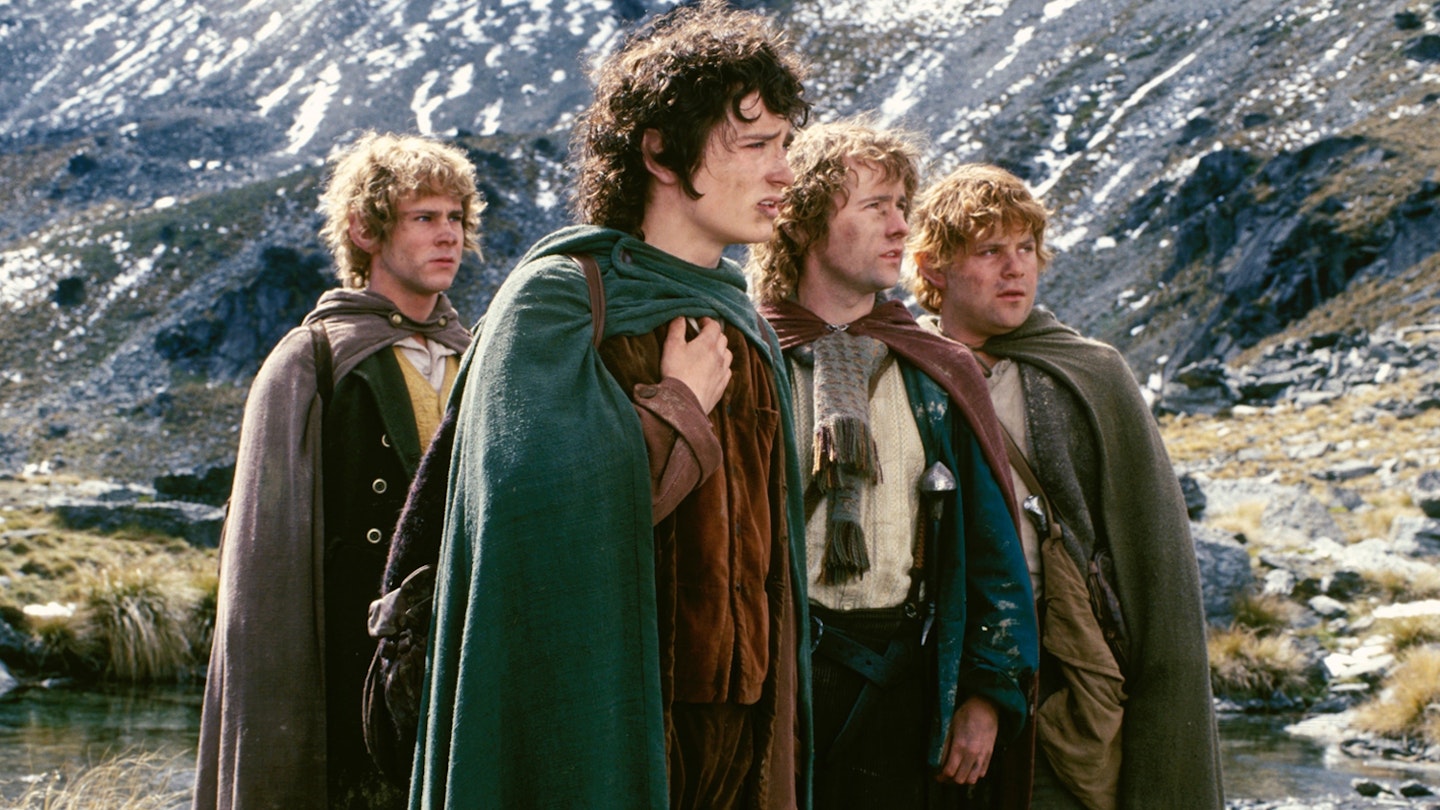 1 of 22
1 of 22The Lord Of The Rings Trilogy (2001, 2002, 2003)
Director: Peter Jackson
Starring: Elijah Wood, Ian McKellen, Viggo Mortensen, Sean Astin, Billy Boyd, Dominic Monaghan, John Rhys Davies
Theatrical Cuts: 178 / 179 / 201 minutes
Extended Editions: 208 / 226 / 252 minutes
What's different? Jackson reportedly had the idea for extended DVD cuts of his magnum opus while the films were still in pre-production, reasoning that the bum-numbing length would be far less problematic for home viewers. The Extended Editions were duly released one by one starting in 2002, eventually resulting in 128 minutes of extra footage and a mammoth 11 hours and 26 minutes of total runtime. The restored scenes include but are by no means limited to: more Hobbitton; Galadriel's gift-giving sequence; The Huorns attacking Isengard; Theodred's funeral; more characterisation for Faramir; the revelation that Aragorn is 87 years old; Saruman's death; Gandalf fighting The Witch King; extended scenes with Aragorn and the Oathbreakers; and a scene with The Mouth of Sauron.
Which ones should I watch? Jackson has stated that, for pacing reasons, the theatrical cuts are definitive, but it's hard to recommend them when the Extended Editions offer a far richer experience. Of the three films, Fellowship is improved the most, the Lothlorien gifting in particular being a very worthwhile addition, and the additional character work providing better motivation. The Two Towers also benefits but the additions feel less essential (unless you felt very strongly that the original cut was lacking in arboreal special forces). With almost an hour of additional footage, Return Of The King does feel uncomfortably long here, but the additions are significant. The toothsome Mouth Of Sauron might be far from essential, but finally resolving Saruman's arc is very welcome, and the additional time spent with Aragorn and the Oathbreakers makes the conclusion of Pelennor Fields feel earned and satisfying instead of the cheap deus ex machina it comes across as in the theatrical edit.
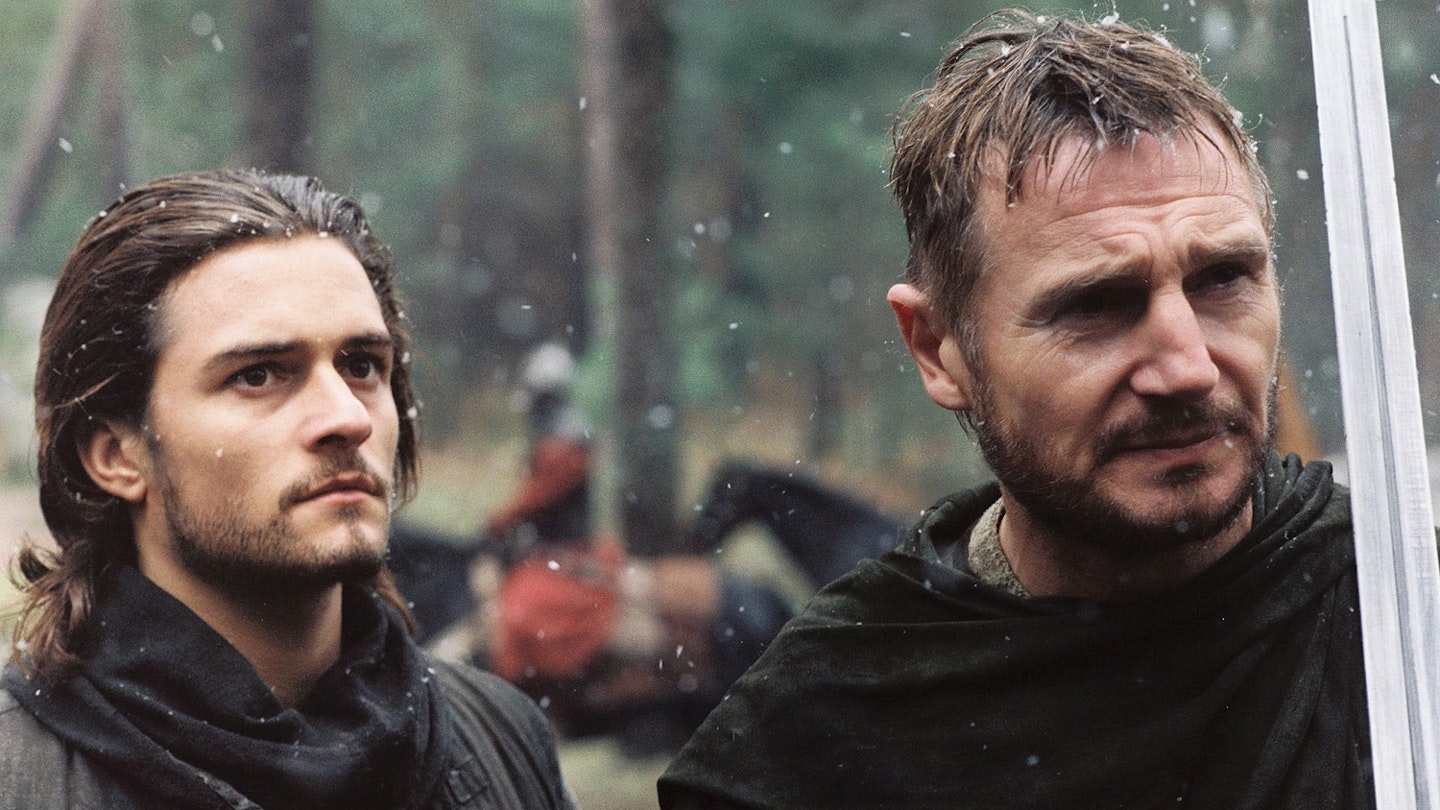 2 of 22
2 of 22Kingdom Of Heaven (2005)
Director: Ridley Scott
Starring: Orlando Bloom, Liam Neeson, Michael Sheen, Edward Norton, Ghassan Massoud
Theatrical Cut: 144 minutes
Director's Cut: 194 minutes
What's different? Bowing to studio fears and negative early test screenings, Ridley Scott snipped 45 minutes from his crusades epic in a bid to make it more accessible – but the 2006 Director's Cut is his preferred presentation, and it's not hard to see why. An array of subplots deepen the characters, including an early revelation that the priest Balian kills is his half-brother, giving more substance to his actions. There's an extended role for the Gravedigger, who follows Balian to Jerusalem and is subsequently dubbed a knight, and a decisive face-off between Balian and Guy. There's also significantly more blood in the battle scenes, underscoring the horrors of war.Most notable, though, are the scenes revolving around Sybilla's son, heir to the throne of Jerusalem but suffering from leprosy like his father – in the film's most tragic scene, his mother poisons him to spare his suffering.
Which one should I watch? It may not substantially alter the core plot, but the Director's Cut feels like a completely different movie. The film is granted a richness it had previously been lacking, with characters becoming ones you actually care about and whose struggles mirror the larger conflict for the fate of the Holy Land. It may not get as much attention as Scott's re-work of Blade Runner, but this Director's Cut is one of the most significant around: a transformational restoration that turns a once forgettable yarn into a sweeping historical epic.
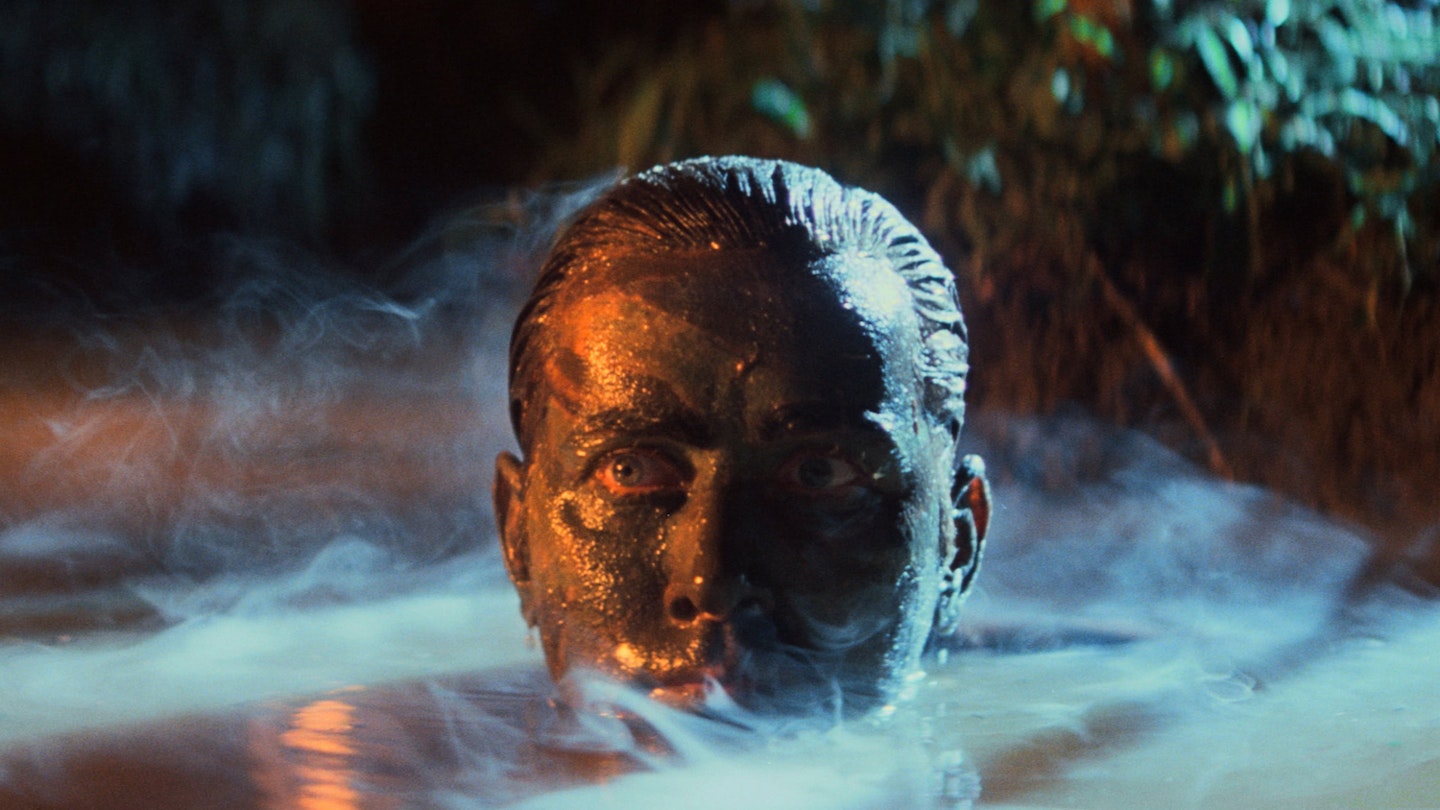 3 of 22
3 of 22Apocalypse Now (1979)
Director: Francis Ford Coppola
Starring: Martin Sheen, Marlon Brando, Robert Duvall, Sam Bottoms, Frederic Forrest, Laurence Fishburne
Theatrical Cut: 147 minutes
Redux: 193 minutes
Final Cut: 182 minutes
What's different? Especially during the nightmarish, problem-wracked shoot, nothing about making Apocalypse Now was easy for Francis Ford Coppola. He anguished over the version that finally arrived in cinemas, even if he knew that sacrifices were necessary to make it accessible and – more importantly – profitable, after sinking so many of his personal resources into getting it made.For 2001's Redux, he teamed with original editor Walter Murch and cinematographer Vittorio Storaro to craft a much longer, more comprehensive cut, which gives new shades to certain scenes and a measure of humanity to Brando's Colonel Kurtz. The Redux rearranges scenes, offering a very different viewing experience, though some have complained it's tougher to get through. Yet despite him claiming the Redux as definitive, Coppola returned again for 2019's Final Cut, trimming it down to a more streamlined version while also scrubbing up the look of the movie in a 4K restoration. What's presented here is, like Redux before it, a very different film in several key ways, including pacing, tonally and even certain story elements.
Which one should I watch? Even Coppola himself, for all his enthusiasm, has decided that the Redux weighed down his original story with unnecessary filler material, throwing off the pacing to a huge degree. The Final Cut is the way to go for most viewers – these days it's Coppola's preferred version. At least, until he gets in a mood to tinker again...
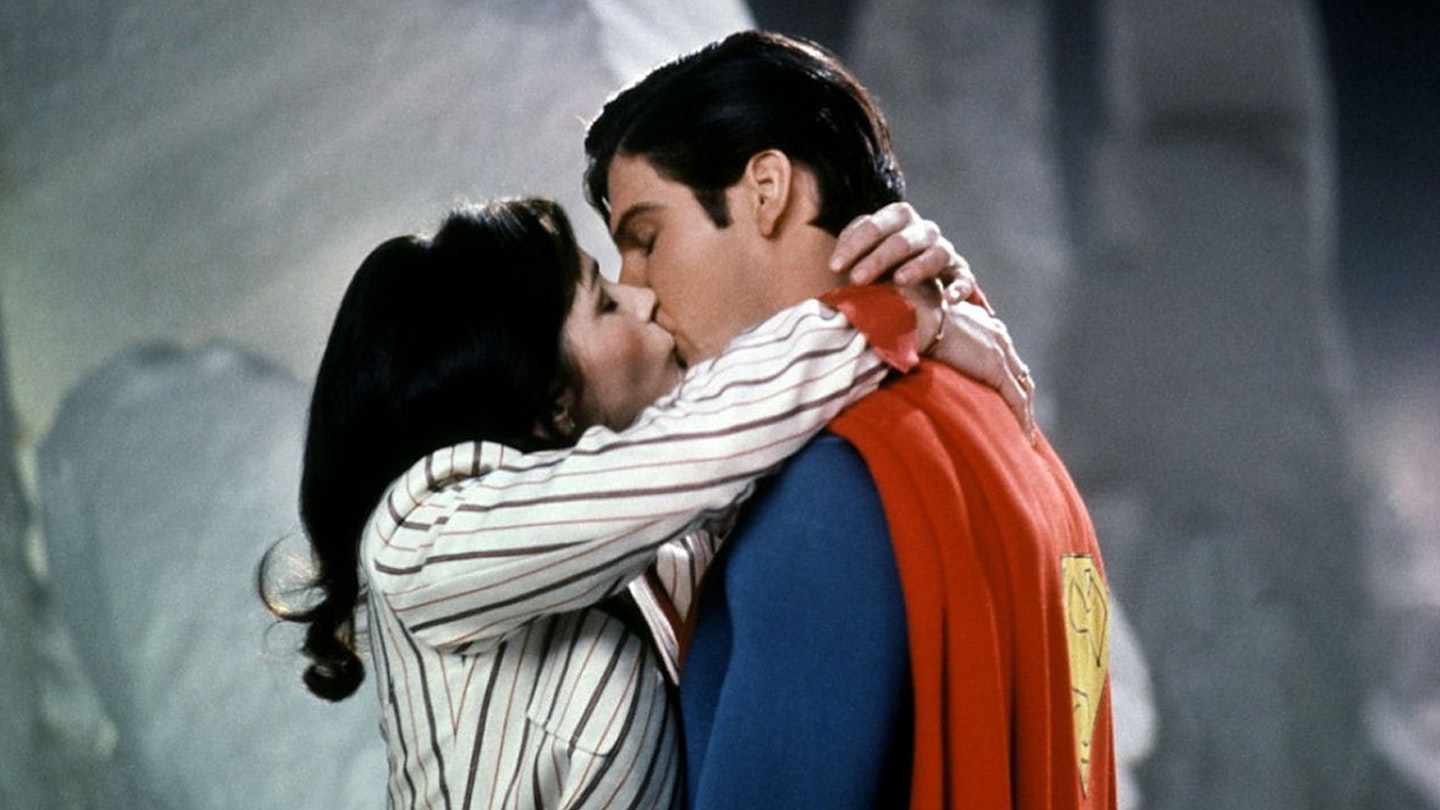 4 of 22
4 of 22Superman II (1980)
Director: Richard Donner
Starring: Christopher Reeve, Gene Hackman, Margot Kidder, Jackie Cooper, Ned Beatty
Theatrical Cut: 127 minutes
Richard Donner Cut: 116 minutes
What's different? Richard Donner had grand plans for a two-part Superman cinematic epic, and was shooting his Superman II back-to-back with the original – but after butting heads with producers the Salkinds and Pierre Spengler, reportedly over ballooning costs, he was fired from the sequel, and another Richard (Lester) was hired to finish it. Lester threw out a lot of what Donner had shot – and he was unable to film with several cast members who refused to return in solidarity with their prior director, including Gene Hackman and Marlon Brando, the latter of whom was excised from the theatrical cut entirely. Eventually in 2006, the Richard Donner Cut was made possible after Bryan Singer's Superman Returns production sought out some of the unseen Brando material originally shot for Superman II, and the Donner footage came to light.Editor Michael Thau worked on the Donner Cut with the director himself and consultant Tom Mankiewicz, and with only 20% of Lester's footage in there, it's pretty different from the take that hit the big screen. For one thing, all the Brando footage is back in – plus there's a different opening with Lois in the Daily Planet offices, a scene in which Lois shoots Clark (with blanks!) to trick him into revealing his true identity, and there's more of an explanation for how Superman gets his powers back after giving them away. Oh, and Lester's more playful sense of humour is largely absent here. The main caveat? Donner didn't get to shoot everything he wanted to, and so there's unfinished test footage and other compromises to fill in the gaps.
Which one should I watch? Fans have generally embraced Donner's version as superior, compromises and all. His cut makes more sense, so we say Donner all the way.
 5 of 22
5 of 22Blade Runner (1982)
Director: Ridley Scott
Starring: Harrison Ford, Sean Young, Rutger Hauer, Daryl Hannah
Theatrical Cut: 117 minutes
Director's Cut: 116 minutes
Final Cut: 117 minutes
What's different? Despite having largely similar runtimes, each cut of Blade Runner – there are actually seven overall, including unofficial workprints, alternate US and international edits, and an American TV cut – is quite significantly different. It is, famously, one of the most-iterated films in Hollywood history, receiving new official versions every decade or so for the first 30 years of its lifespan. The theatrical cut included a much-maligned voiceover from Harrison Ford's Rick Deckard following a negative test screening to the pre-release workprint version, as well as a 'happy ending' that saw Deckard and Rachel escape the suffocating expanse of Los Angeles and drive off together into the countryside in the final reel. (Fun fact: it includes footage that Kubrick originally shot for The Shining's opening sequence.)If Ridley Scott didn't have control over the theatrical cut, ironically he didn't on the 1992 Director's Cut either – though it was closer to his original vision, stripping out the voiceover, lopping off the studio-mandated 'happy ending', and partially reinstating the unicorn dream that hints towards the film's biggest mystery: is Deckard actually a replicant? (Scott says yes, Ford says no, Blade Runner 2049 doesn't comment either way.) Fifteen years after that came the fully-Scott-approved Final Cut – easily the best-looking version of Blade Runner, completely remastered with scrubbed-up picture and audio, fixing all kinds of little flaws that Scott was unhappy with even on the Director's Cut, and with a brand new Vangelis track for the end credits. Most notably, it also has more footage of that all-important unicorn dream. Forget electric sheep – this is the version of Blade Runner that Ridley Scott originally dreamed of making.
Which one should I watch? The Final Cut – it's in the name, really.
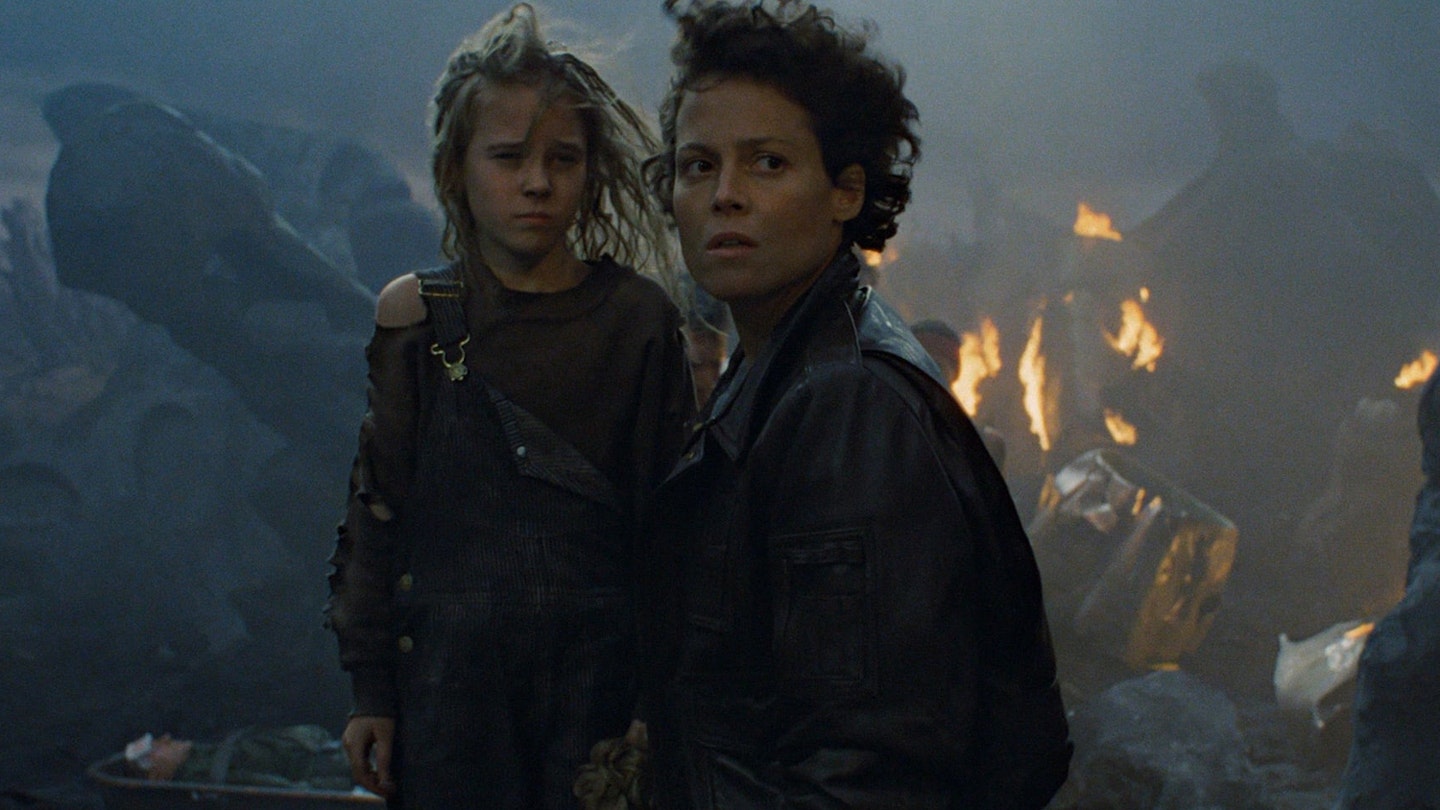 6 of 22
6 of 22Aliens (1986)
Director: James Cameron
Starring: Sigourney Weaver, Michael Biehn, Carrie Henn, Paul Reiser, Bill Paxton, Jeanette Goldstein
Theatrical Cut: 137 minutes
Special Edition: 154 minutes
What's different? When Aliens first aired on US TV in 1989 it was very much a mixed blessing. On the one hand it came with the added bonus of previously unseen footage that added depth to the story and even included a brand new action set-piece. On the other hand, it arrived scrubbed of both profanity and gore, having been horribly censored for network TV. Thankfully, two years later those additional scenes (along with several more) would return in a more palatable form (complete with F-bombs and entrails) on the much-hyped Special Edition LaserDisc in 1991, and soon after on VHS. The Special Edition's new footage had all been intended for the theatrical release until Cameron, under pressure from the studio to reduce the runtime and speed up the action, agreed to lose 17 minutes. The most notable of these cuts was an early scene in which Ripley finds out about the death of her daughter — properly setting up her relationship with surrogate child Newt. Elsewhere, there's a sequence at Hadley's Hope which depicts colonists going about their daily lives before Newt and her family discover a derelict ship and her father has an awkward encounter with a facehugger; and there's an unfortunate hamster, who sets off the motion tracker before the similar false alarm with Newt. Most notable, though, is a tense, action-packed sequence in which the aliens stage an earlier assault on the surviving marines, only to be repulsed by automated sentry guns salvaged from the APC wreckage. There's also a scene before Ripley rescues Newt, in which she and 'Dwayne' Hicks exchange first names in a bit of awkward flirting, but the less said about that the better.
Which one should I watch? There are two schools of thought on this one. Some maintain the theatrical cut is tighter and more suspenseful, leaving the fate of the colonists ambiguous until the marines' arrival and thus adding to the suspense. Others advocate for the greater character depth and detail that the missing footage provides, not to mention the fact that, thanks to the undeniably cool sentry gun sequence, the longer cut is more exciting. The last word should go to Cameron, though, and the Special Edition more closely reflects his original vision. Indeed, both he and Weaver have publicly endorsed the longer edit as their preferred option for viewing the film.
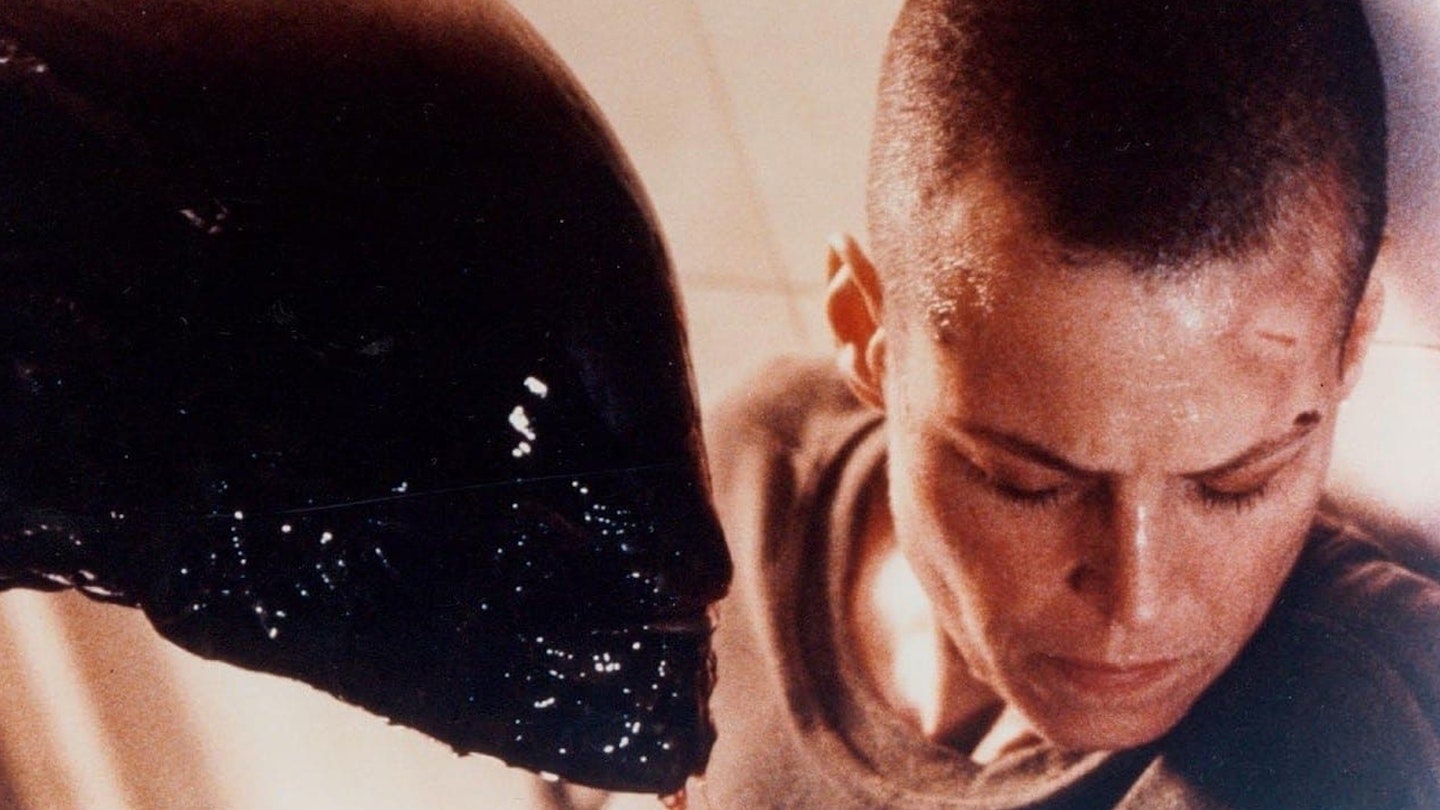 7 of 22
7 of 22Alien 3 (1992)
Director: David Fincher
Starring: Sigourney Weaver, Charles Dance, Charles S. Dutton, Paul McGann
Theatrical Cut: 114 minutes
The Assembly Cut: 145 minutes
What's different? The Assembly Cut may be a far closer approximation of what David Fincher initially intended for his ill-fated third Alien movie, but the director's fingerprints are nowhere near it. Created for the Alien Quadrilogy box set in 1993 (and enhanced with new dialogue and colour correction for the Blu-ray in 2010), the cut adds 37 minutes of new footage and while Fincher declined to be involved, he did give the endeavour his blessing, reversing as it did some of the alterations and re-shoots that had been forced on him by the studio prior to release. The result is the most extensive alternate version of any of the Alien films, not only adding footage but rearranging existing sequences and replacing several more. In the new version, the discovery of Ripley's escape pod is entirely different; the Alien gestates inside an impregnated ox, rather than a dog; and an entire subplot is restored, in which Paul McGann's murderous Golic (who simply vanishes in the theatrical cut) assists and protects the alien, changing the death circumstances of several inmates. In addition, there's greater characterisation across the board and Ripley's death, plummeting into the furnace, is no longer sullied by the chestburster conveniently erupting from her sternum at that precise moment.
Which one should I watch? Neither film can be considered a masterpiece but the Assembly Cut is a marked improvement on the version that landed in cinemas. The inmates' culture and religious beliefs are better explored, the prisoners themselves are more developed, and more coherent plotting gives the film a better structure, more substance and added suspense. Had this been the version that greeted audiences in 1992 it would still have been a pale imitation of Aliens, but a marked improvement on the film we actually got.
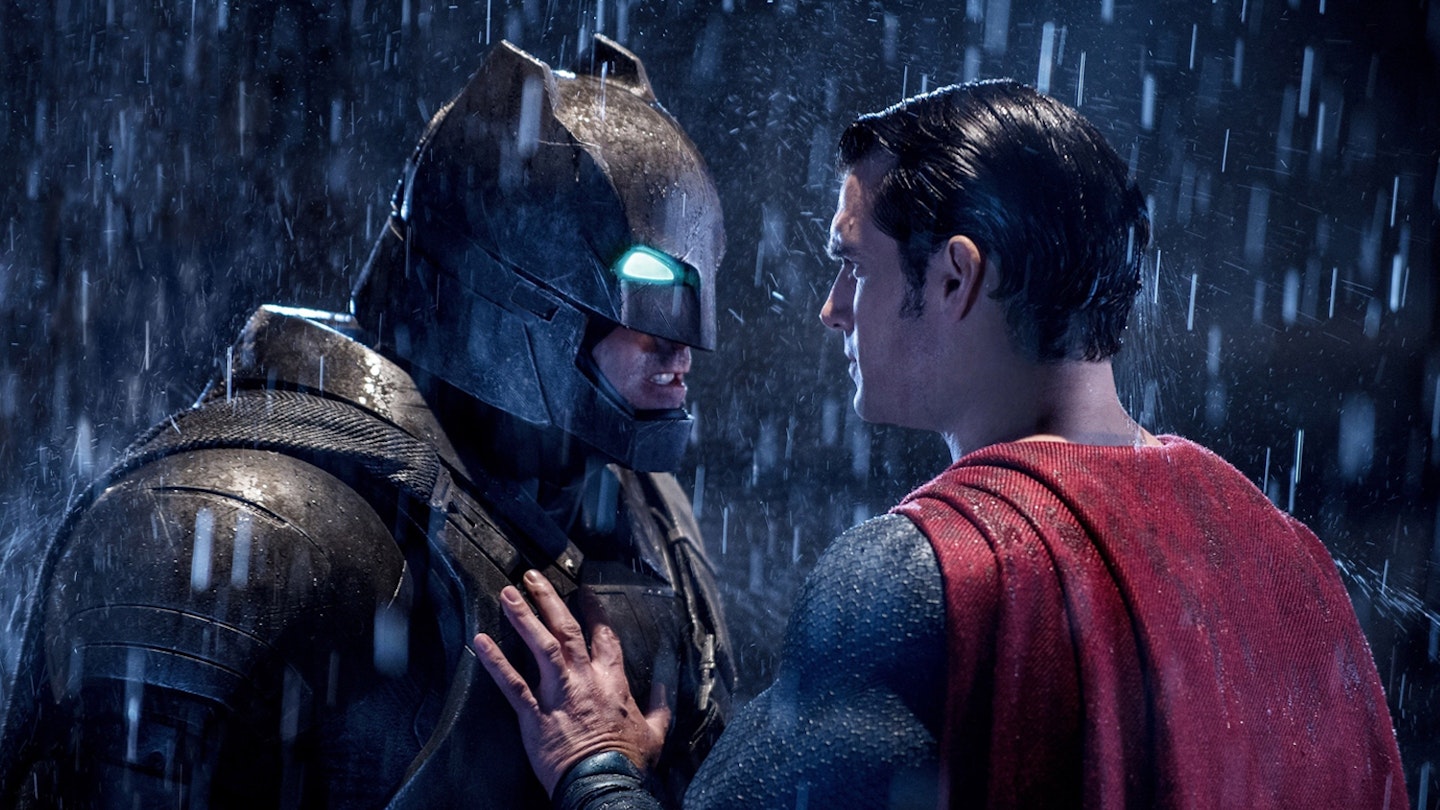 8 of 22
8 of 22Batman V Superman: Dawn Of Justice (2016)
Director: Zack Snyder
Starring: Henry Cavill, Ben Affleck, Amy Adams, Jesse Eisenberg, Gal Gadot, Jeremy Irons
Theatrical Cut: 152 minutes
Ultimate Edition: 183 minutes
What's different? It might not change three-quarters of the movie like the new edition of Justice League does, but this is the DCEU's original Snyder Cut – adding an extra 30 minutes to an already lengthy movie to create something that Snyder die-hards point to as the definitive edition of Superman and Batman's screen smackdown. In the grand scheme of things, it's not an entirely radical overhaul, but since the theatrical version often felt pretty incoherent in its plotting, the Ultimate Edition does at least fix a fair few of those things – more substantively explaining Lex Luthor's plot to frame Superman for murder in Africa, pointing more to Luthor's motivations (something about gods, monsters, and daddy issues), and establishing the central conflict more by having a concerned Clark Kent investigate Batman's increasingly violent vigilantism. Beyond reinstating minor characters like Jena Malone's Jenet and adding more blood-splatter (er, yay?) the Ultimate Edition is all about fixing Dawn Of Justice's plot holes. The thing it can't fix, though, is Snyder's pessimistic view of his central two characters – which is inherent to his vision for Batman and Superman within the nascent DCEU. If that was never your bag to begin with, this 30 minutes of alternate footage won't convince you otherwise.
Which one should I watch? If you're revisiting this one, you're likely a Snyder die-hard – so the Ultimate Edition should be your pick.
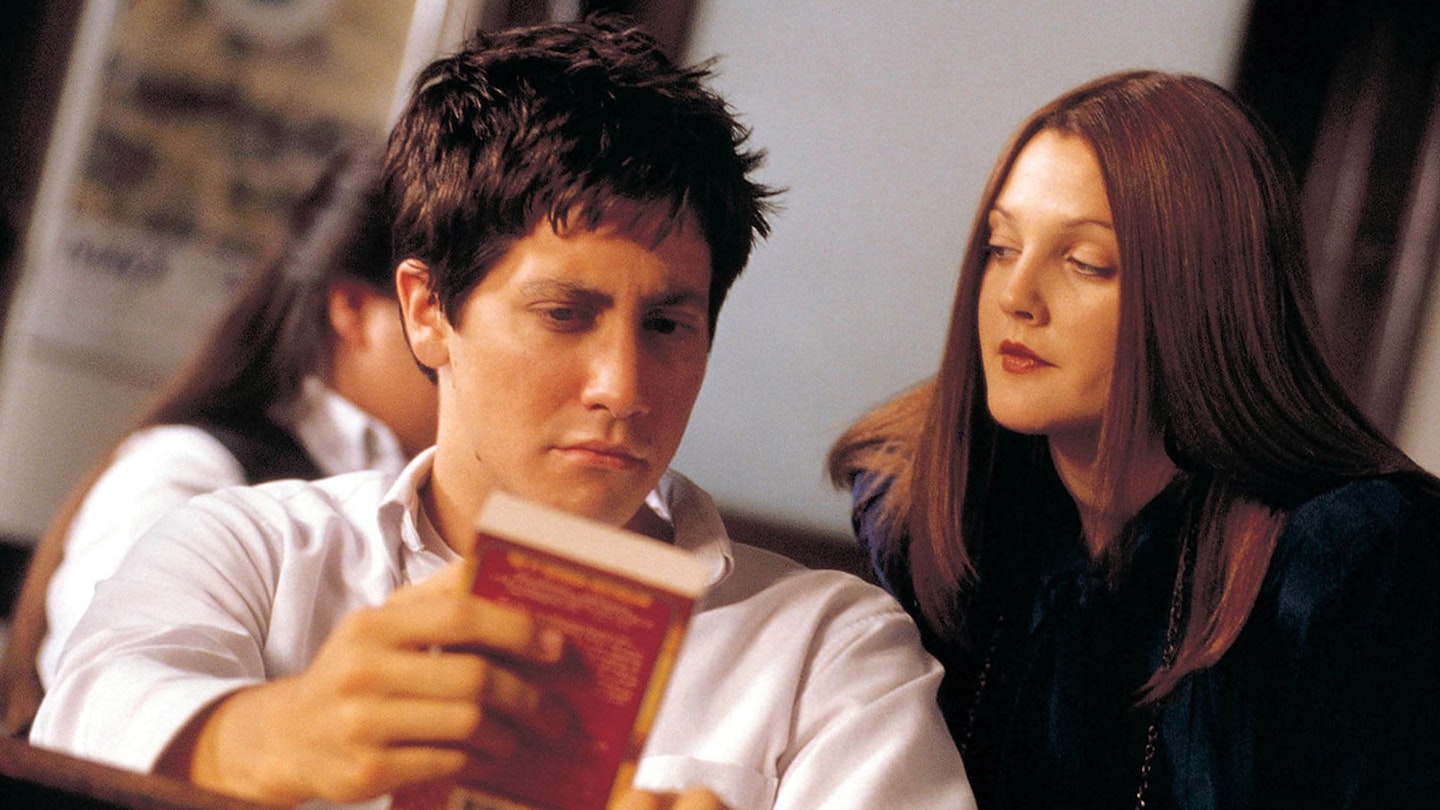 9 of 22
9 of 22Donnie Darko (2001)
Director: Richard Kelly
Starring: Jake Gyllenhaal, Jena Malone, Maggie Gyllenhaal, Holmes Osborne, Mary McDonnell, Drew Barrymore
Theatrical Cut: 113 minutes
Director's Cut: 134 minutes
What's different? When Richard Kelly finally managed to get his time-twisting, weirdly charming sci-fi movie made, he had to offer concessions – including keeping the running time to under two hours. A gathering of deleted scenes popped up on the theatrical cut's original DVD, including Donnie's Dr. Thurman revealing that his medication is a placebo, and Drew Barrymore's Karen Pomeroy teaching Watership Down to her class.Also part of the Director's Cut? Superimposed pages from fictional tome The Philosophy Of Time Travel, which Kelly actually wrote after the film's release and which featured on its official website. They explain several of the movie's concepts, including the "tangent universe" that Donnie finds himself in, and his position as the "living receiver," imbued with powers including telekinesis and premonition.
Which one should I watch? There's certainly merit in watching the Director's Cut, and the greater insight it provides does shed light some of the film's more ambiguous elements. However, part of Donnie Darko's charm was that you were never quite sure how or why the supernatural elements worked. In demystifying the film's temporal mechanics, Kelly robs it of intrigue, replacing enigma with clumsy, spoon-fed explanations that don't entirely pass muster. Completists will enjoy Kelly's second cut as a curio, but the theatrical version is definitely where the magic lies.
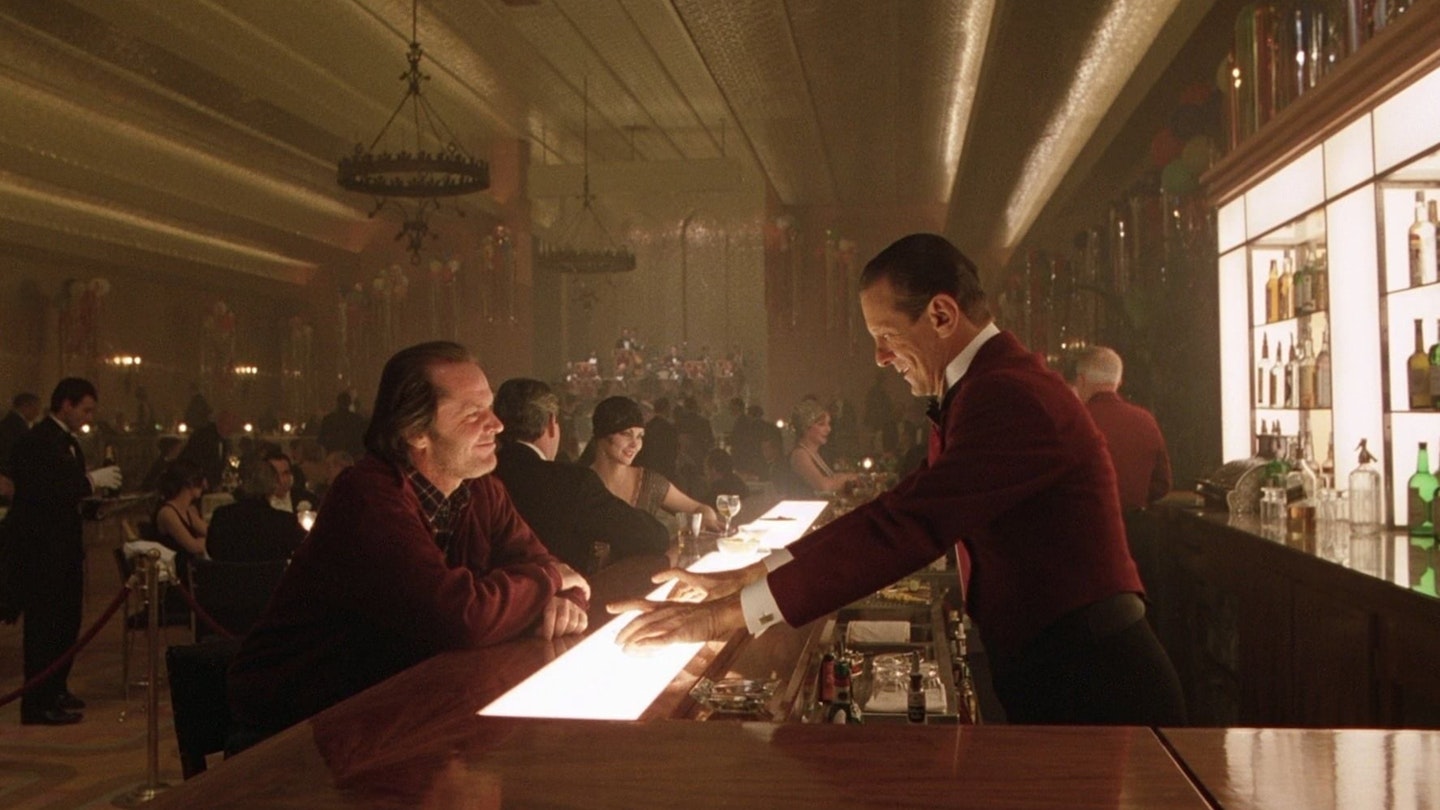 10 of 22
10 of 22The Shining (1980)
Director: Stanley Kubrick
Starring: Jack Nicholson, Shelley Duvall, Danny Lloyd, Scatman Crothers, Barry Nelson, Joe Turkel
American Cut: 144 minutes
European Cut: 119 minutes
What's different? When Kubrick's horror masterpiece came out in the States it clocked in at nearly two and a half hours – and he snipped 25 minutes of footage for its European debut. For the most part, that's the version still widely seen and distributed in the UK (though the American Cut is available as a 4K 'Extended Edition'). Kubrick never showed favoritism towards a particular cut; and he was happy for both to be considered the 'Director's Cut'. There are differing explanations as to why he made the cuts — some argue it was because of feedback about the American version being too long, others because he saw Europeans as being smarter and needing less of the information overload provided by the original cut.There are a couple of significant scenes added, with characters who don't appear in the European edition (though are still named in its credits). One sees Danny meet a doctor, played by Anne Jackson, and it's revealed that Jack Torrance once broke Danny's arm in a drunk rage – a key note, since Jack's alcoholism is the real spectre of the film (and, notably, of Stephen King's original novel). Elsewhere, Tony Burton pops up as garage attendant Larry Durkin in scenes which depict Dick Hallorann's journey to the Overlook. There's also a scene in the final reel where a terrified Wendy is running away from Jack and comes across a party scene in the Overlook – except, all the guests are skeletons, draped in eerie cobwebs. Spooky!
Which one should I watch? The European Cut is a leaner, sharper version of the movie that retains all the scares you know and love. For completists who have never seen it, though, the American Cut is worth a visit.
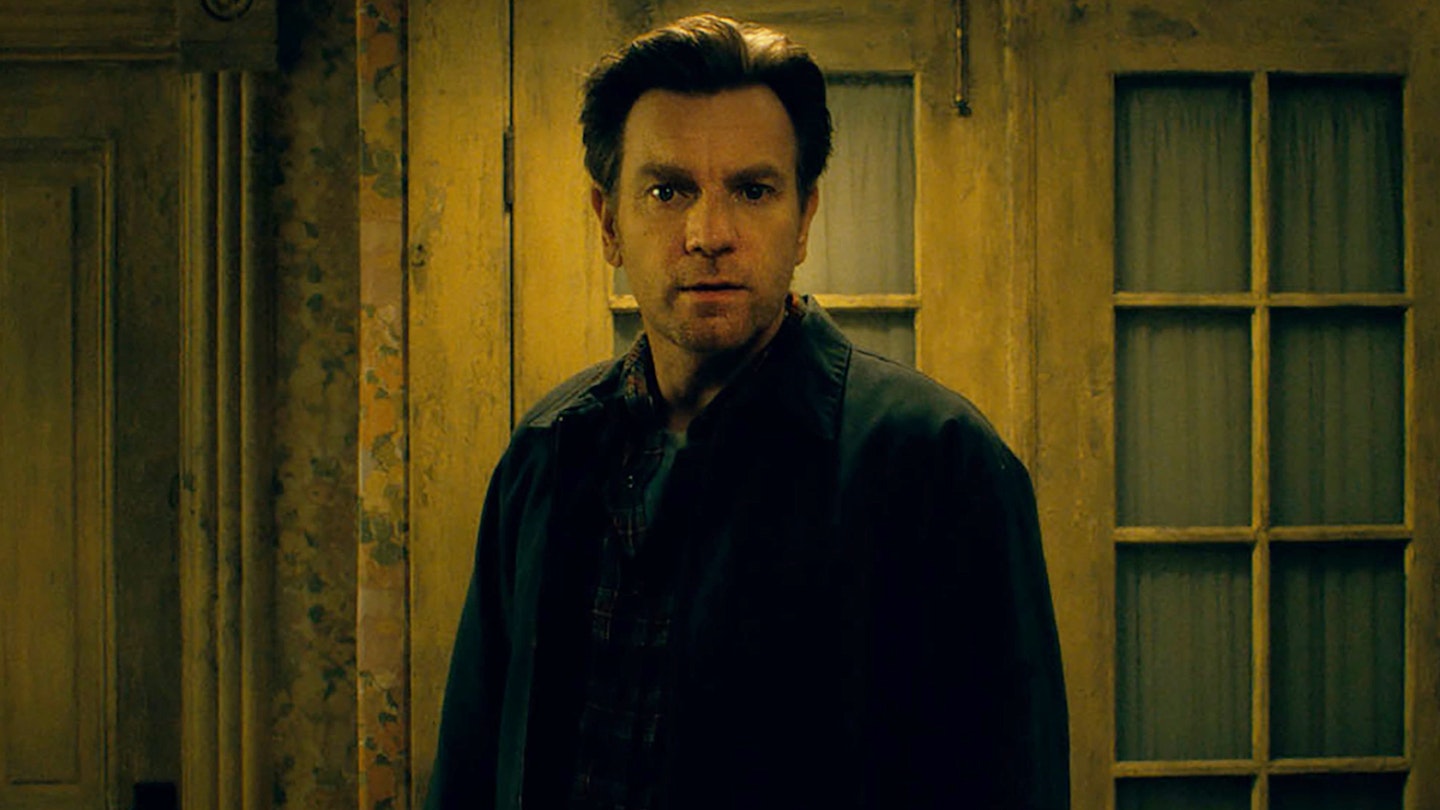 11 of 22
11 of 22Doctor Sleep (2019)
Director: Mike Flanagan
Starring: Ewan McGregor, Rebecca Ferguson, Kyliegh Curran, Cliff Curtis, Zahn McClarnon
Theatrical Cut: 152 minutes
Director's Cut: 180 minutes
What's different? Adapting Stephen King's sequel to his iconic novel The Shining, director Mike Flanagan conjured a novelistic take on Doctor Sleep – a lengthy character drama that's as much an exploration of alcoholism and PTSD as it is a dark fantasy movie (the villains here are a cult of near-immortals who feast on the 'steam' of people who Shine), while also being a follow-up to the original Overlook story. As well as being about 30 minutes longer, Flanagan's Directors Cut has an even more novelistic flourish: the film unfolds in six named chapters: 'Old Ghosts', 'Empty Devils', 'Little Spy', 'Turn, World', 'Parlor Tricks', and 'What Was Forgotten'. If those interstitial headings help to better establish the pace and rhythm of the film – far less of an all-out spook-fest than cinema audiences might have expected – the added runtime also fleshes out nearly every character. There's vital extra conversation between Dick Halloran and a young Danny about the nature of his dad's evil and the light that was buried within him. There's more of the middle-aged Dan Torrance earning his 'Doctor Sleep' moniker in the hospice, and of Andi talking to Rose The Hat after joining The True Knot. Plus, there's extra ghouls and added Overlook footage too. The Director's Cut has more heart, and more horror.
Which one should I watch? First-timers and casual viewers, go for the Theatrical Cut – you'll still get the heart of the story. But for Flanagan mega-fans or Constant Readers of King, the Director's Cut has it all.
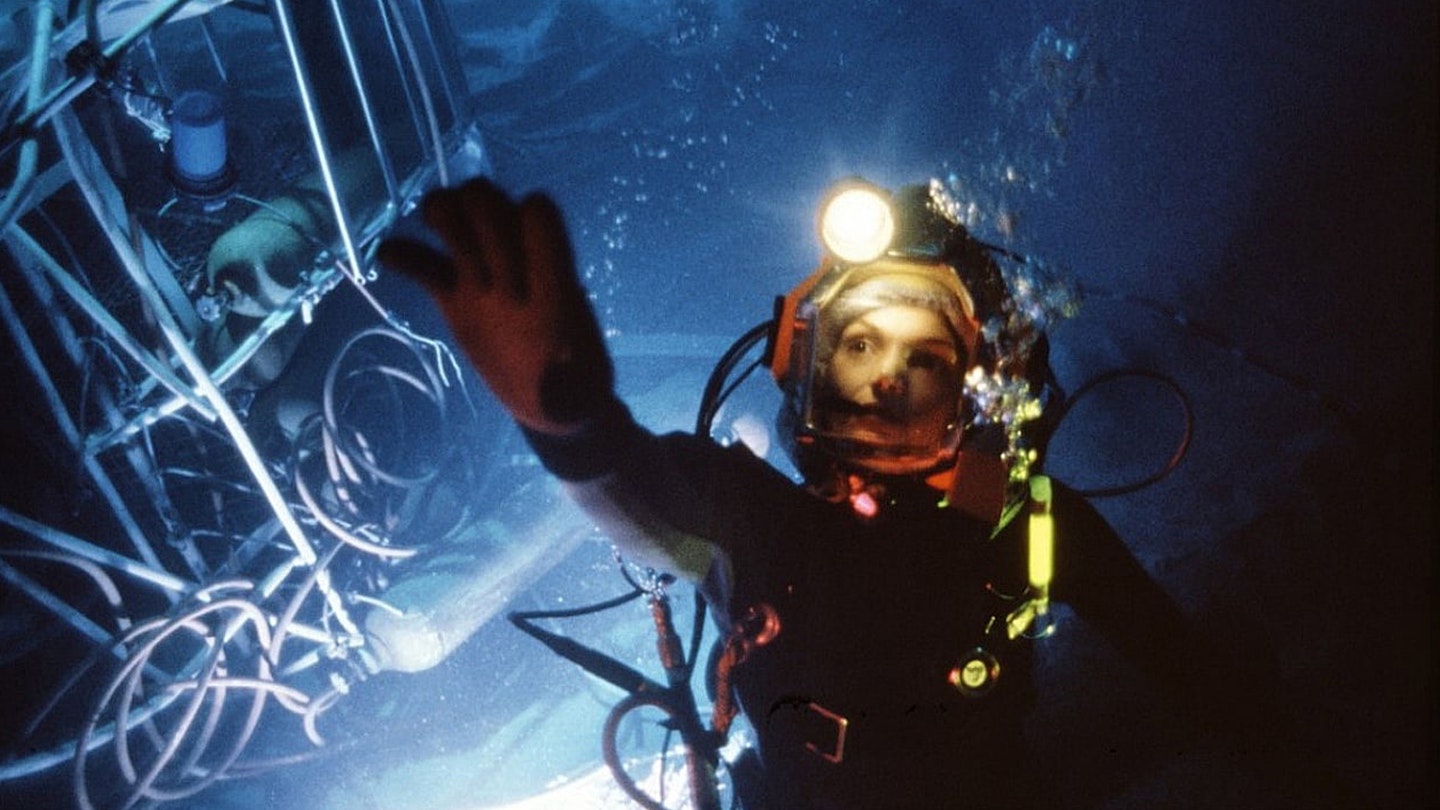 12 of 22
12 of 22The Abyss (1989)
Director: James Cameron
Starring: Ed Harris, Mary Elizabeth Mastrantonio, Michael Biehn
Theatrical Cut: 145 minutes
Extended Cut: 171 minutes
What's different? Variously dubbed 'Life's Abyss' and 'The Abuse' by traumatised crewmembers, Cameron's deep-sea sci-fi was a notoriously gruelling film to make. But even after the film's waterlogged shoot (in a disused nuclear reactor) was in the can, the film's troubles persisted. Once more in possession of a cut that was far too long to be commercially viable, Cameron had to make some changes, this time leaving 26 minutes on the cutting room floor. Most of the changes here take the form of character beats that deepen our understanding of Bud and Lindsey's relationship, as well as giving more substance to supporting players — most notably Todd Graff's Hippy and Kimberley Scott's One Night.A far more significant cut, however, was the film's ending. The longer edit has a clear World War III theme running throughout, with the constant threat of brinkmanship between the US and Russia. This reaches a head at the finale when the NTIs summon 1000-foot tidal waves and hold them in place near coastal cities, poised to wash humanity from the face of the Earth before finally relenting, impressed by Bud's selflessness. The cut was one of Cameron's choosing, in part because he was unable to get the tidal wave effects finished to a satisfactory level in time for the theatrical release.
Which one should I watch? The Extended Edition, without a doubt. The additional character work makes the film feel more rounded and the emotional journey significantly more impactful. The Deep Core's crew, envisioned as a family, now have room to properly feel like one, the love story at its heart is more convincing, and the tensions between Bud and Coffey are more layered. Plus, the ending – which originally felt like a spectacular non-event – finally has teeth, with the NTIs assessment and near annihilation of humanity better realising Cameron's original aspiration to recapture the scale and majesty of Kubrick in a kind of soggy 2001.
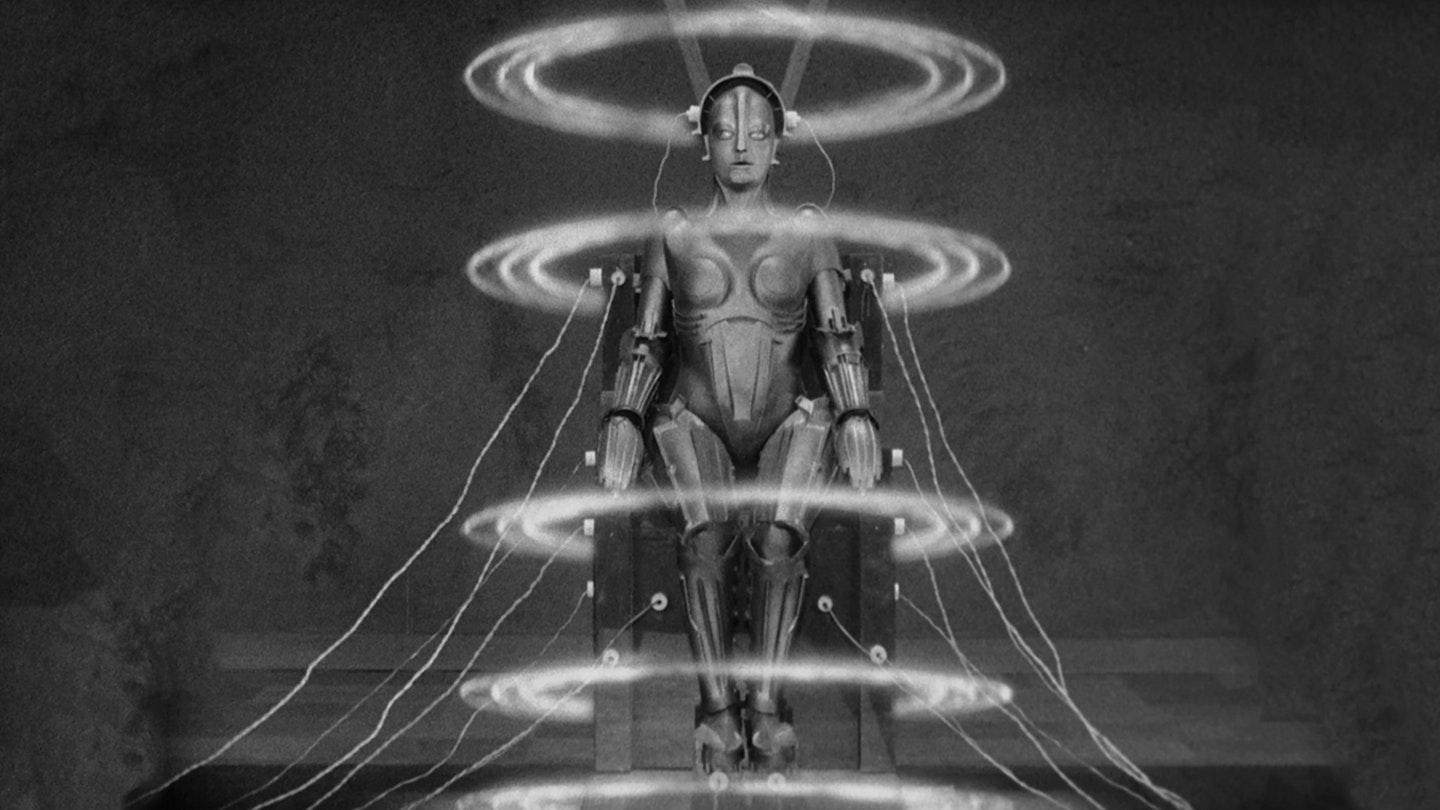 13 of 22
13 of 22Metropolis (1927)
Director: Fritz Lang
Starring: Gustav Fröhlich, Alfred Abel, Rudolf Klein-Rogge, Brigitte Helm
Theatrical Cut: 114 minutes
Giorgio Moroder Version: 83 minutes
Restored Authorised Edition: 124 minutes
The Complete Metropolis: 148 minutes
What's different? Maybe it's dystopian futures, but Fritz Lang's Metropolis has spawned as many different versions as Blade Runner. Lang's stunning vision of the future – pitching a class war against a spectacular city – may have been MIA for years, but it still remains one of the most influential films of all time (no Metropolis, no Star Wars). After the original premiere cut was lost, various cinematic Indiana Joneses have scoured archives looking for footage to create different reconstructions. Perhaps the most famous is the Giorgio Moroder 1984 version – the Italian synth God paid $200,000 for the rights (outbidding David Bowie) with the intention of recording a new score, but surprised by the lack of a definitive print he coughed up for a major reconstruction with some modern tweaks; colour tinting, visual effects, dialogue intertitles replaced by subtitles (shortening the running time) and a Moroder-composed soundtrack featuring '80s stalwarts Freddie Mercury, Bonnie Tyler, Pat Benatar and Adam Ant. Despite being the most extensive reconstruction to date, it received hateful reviews and two Razzies for song and score. More material was found for a 2001 Restored Authorised Edition, but once a 16mm reduction negative of the premiere cut was discovered in Buenos Aires, it started a hunt that uncovered 25 minutes of footage unseen since 1927 that augmented the 2001 version alongside a further eleven missing scenes from a New Zealand print. The restoration, dubbed The Complete Metropolis, was released in 2010 and weighed in at 148 minutes. Many of the additions enrich sequences that were already present. In the original, The Thin Man (Fritz Rasp) was little more than a glorified butler to Joh Fredersen (Abel), the master of the futuristic city, but here becomes a much more sinister character, part spy, part detective. The founder's assistant Josephat (Theodor Loos) also has an expanded role helping the founder's son (Gustav Fröhlich) navigate the proletarian populus. With the picture spruced up and a new recording of Gottfried Huppertz's 1927 score, a silent movie has rarely felt so modern and vital.
Which one should I watch? Definitely The Complete Metropolis. Unless you're a Freddie Mercury completist.
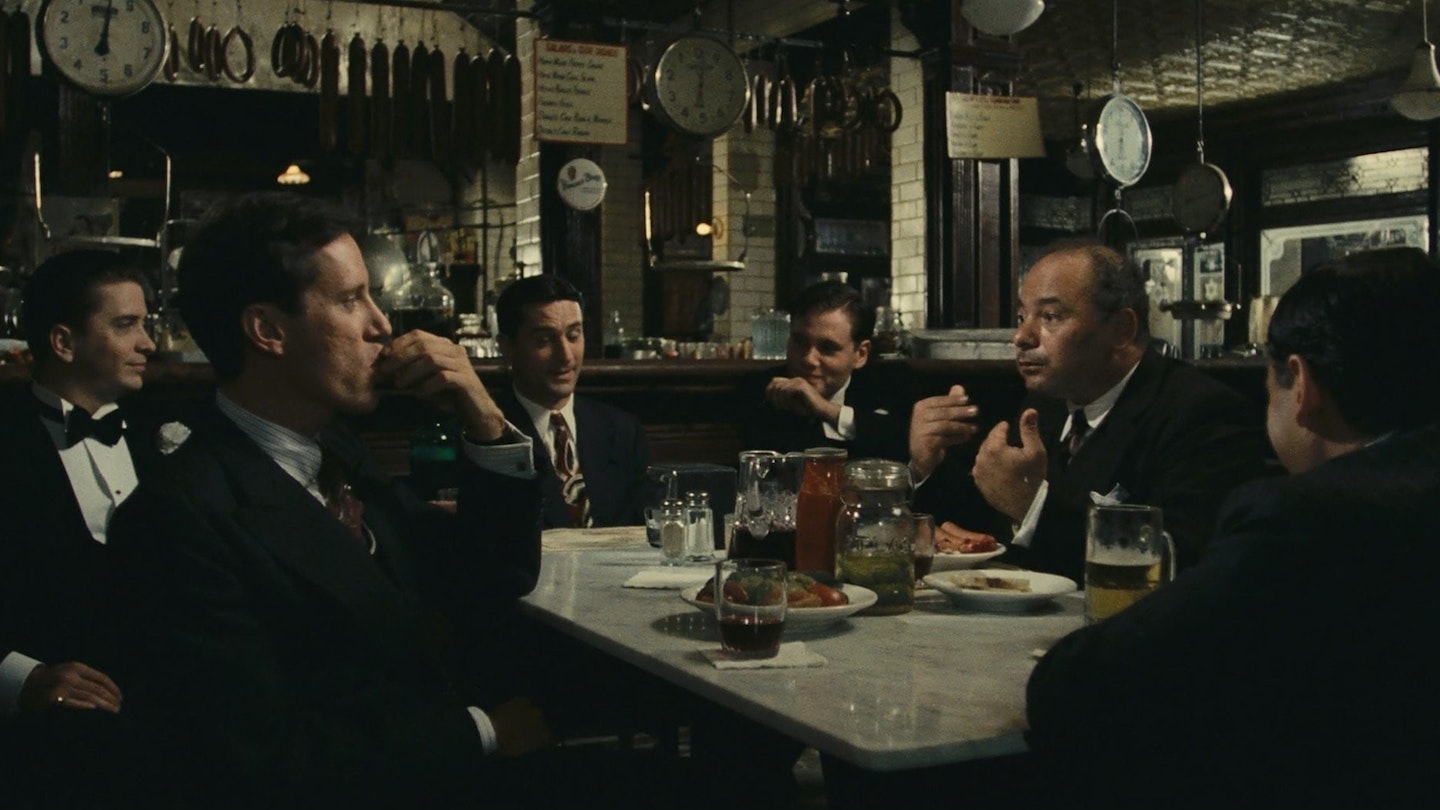 14 of 22
14 of 22Once Upon A Time In America (1984)
Director: Sergio Leone
Starring: Robert De Niro, James Woods, Elizabeth McGovern
Cannes Cut: 269 minutes
European Cut: 229 minutes
US Cut: 139 minutes
Extended Director's Cut: 251 minutes
What's different? Sergio Leone's sprawling gangster epic about childhood best friends who become big kahunas in the New York Jewish underworld started its cinematic life so brightly. Premiering at the 1984 Cannes Film Festival, a 269-minute version (with an intermission) earned a 20-minute standing ovation. To gain a release in Europe, Leone trimmed it to 229 minutes. But when it came to a US rollout, the film was cut further for sexual and graphic violence (losing two infamous rape scenes), and it subsequently received lukewarm responses at previews. As a result, The Ladd Company — who just two years earlier had mangled Blade Runner — butchered the European cut down to 139 minutes for a wide release, rearranging the audacious non-chronological structure into a linear (but more confusing) narrative. Other edits removed most of the stunning early childhood scenes, Noodles' (Robert De Niro) late in the day reunion with lost love Deborah (Elizabeth McGovern), and the powerful finale involving a garbage truck (no spoilers). Like many of the characters, the film died a brutal death at box office. In 2012, a version dubbed the Extended Director's Cut was restored according to Leone's design, running at a more faithful 251 minutes (some sections are still missing for rights reasons; don't worry, Martin Scorsese is on the case to reinstate the missing footage from the Cannes version) and now delivers a great of the crime genre, a gangster flick as delirious opium dream. Whole subplots are reinstated, as is nuance and motivation, as the story now ambitiously toggles between 1918 and 1968. It's a stunning cinematic achievement with a bittersweet ending. It was the last film Leone directed. Just as well, it is a masterpiece.
Which one should I watch? Duh, the Extended Director's Cut. Carve yourself out a whole afternoon and indulge. Opium optional.
 15 of 22
15 of 22Watchmen (2009)
Director: Zack Snyder
Starring: Jackie Earle Haley, Billy Crudup, Patrick Wilson, Malin Akerman, Matthew Goode, Jeffrey Dean Morgan, Carla Gugino
Theatrical Cut: 162 minutes
Director's Cut: 186 minutes
Ultimate Cut: 215 minutes
What's different? Zack Snyder's adaptation of Alan Moore and Dave Gibbons' all-time-great superhero deconstruction was always long and largely faithful to the source material (squid-free ending aside). But the Director's Cut fleshes out some of the most notable moments, with more of Laurie's conversation with Dr. Manhattan on Mars and The Comedian's time in Vietnam, extra Rorschach journal entries, and, er, some additional shots in that 'Hallelujah' sex scene. Most importantly, it includes the brutal murder of the Minutemen's original Nite Owl, Hollis Mason, who's beaten to death in his own home by a street gang – a direct result of Nite Owl II and Silk Spectre II busting Rorschach out of prison.The Ultimate Cut, meanwhile, features another 30 minutes on top – with the animated 'Tales Of The Black Freighter' story chopped up and sprinkled through the Director's Cut. In Moore and Gibbons' original Watchmen story, 'Tales…' is a pirate comic book that intertwines with (and mirrors) the unfolding of the main narrative, and Snyder decided to produce it as its own animated counterpart when making the Watchmen movie. At several points through the Ultimate Cut, the main film stops and a chunk of the Black Freighter story plays out at appropriate points moments. It's another way in which Snyder tried to faithfully bring the entire Watchmen story to the screen.
Which one should I watch? While the Ultimate Cut has everything in it for completists' sake, Snyder's preferred version is the Director's Cut – the animated 'Tales Of The Black Freighter' was never designed to be intercut with the live-action Watchmen on screen, and it makes the whole experience a bit more stop-start. Newcomers, check out the Director's Cut. Obsessives, track down the Ultimate Cut just so you can say you've seen it.
 16 of 22
16 of 22I Am Legend (2007)
Director: Francis Lawrence
Starring: Will Smith, Alice Braga, a good dog
Theatrical Version: 96 minutes
Alternate Version: 99 minutes
What's different? There's only three minutes' change in runtime between the two versions of I Am Legend – but what a difference it makes. Lawrence's adaptation of Richard Matheson's tale depicts a post-apocalypse in which a seemingly lone survivor – Will Smith's Dr. Neville – fights back against the monsters that the rest of the population have turned into due to a virus. The most significant change between the take that hit cinemas and the 'Alternate Version' is a completely different ending. On the big screen, audiences saw Dr. Neville create a cure for the virus that can revert everyone back to humanity – and he ultimately blows himself up in a noble sacrifice, destroying the 'Darkseekers' in his lab and allowing Alice Braga's survivor Anna to escape with the cure.Not so in the alternate ending. There, when the Darkseekers invade Dr. Neville's lab, their leader manages to communicate with him, indicating that the female subject that Neville is experimenting on is actually the alpha male's partner. As it turns out, the infected population has become its own new planet-dominating society, and they can think and feel and love. Realising that all the alpha male wants is his partner back, Dr. Neville hands her over to them and is left in peace. To the Darkseekers, Dr. Neville has been a monster snatching them away and experimenting upon them. He, as they say, is legend – and a real bad one at that. This was the whole point of Matheson's novel, and the theatrical edition swapped it out for a much more traditional Hollywood ending (albeit one that involved killing off its leading man in the final moments).
**Which one should I watch?**The Alternate Version. It's the only one that contains the most important facet of the story.
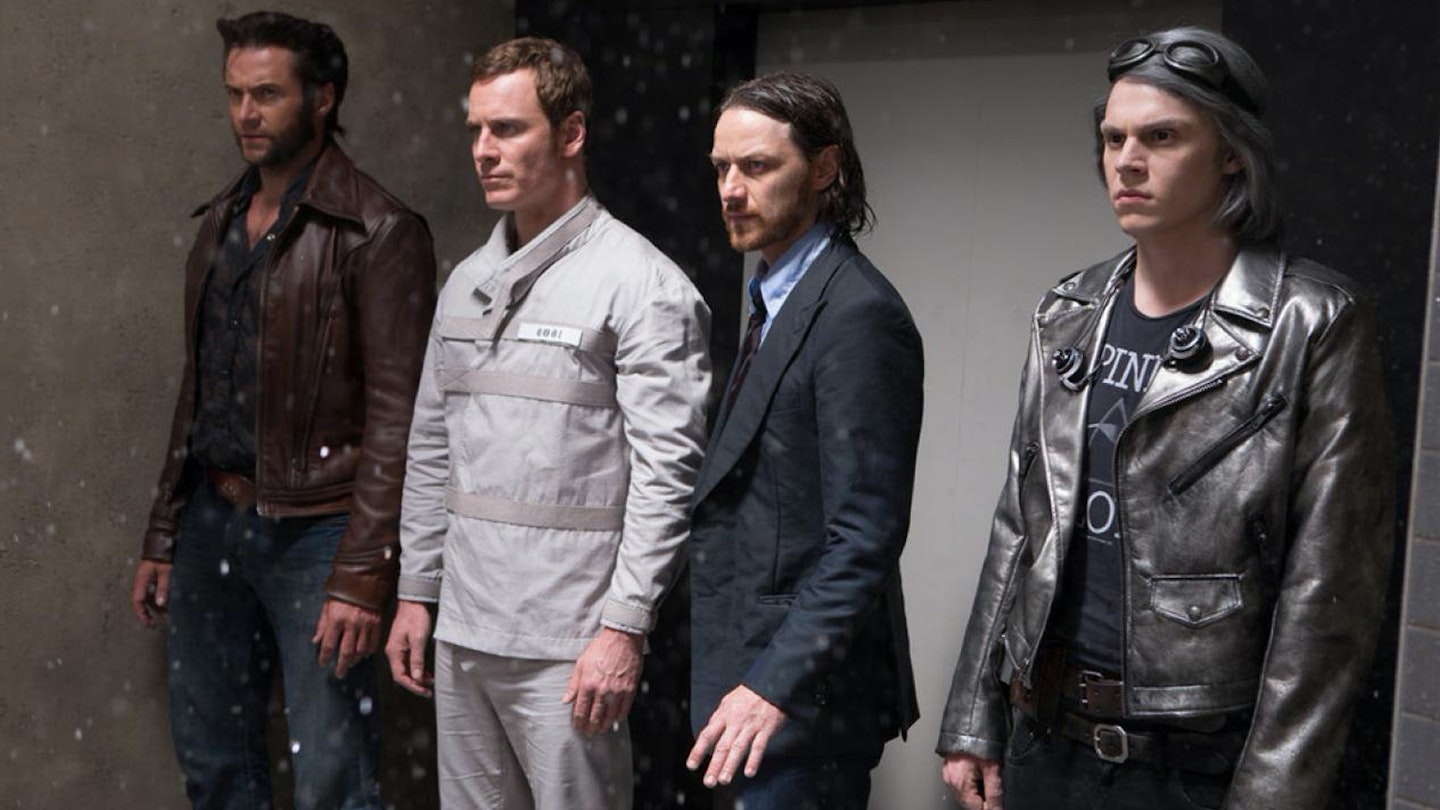 17 of 22
17 of 22X-Men: Days Of Future Past (2014)
Director: Bryan Singer
Starring: Hugh Jackman, Jennifer Lawrence, Patrick Stewart, Ian McKellen, James McAvoy, Michael Fassbender
Theatrical Cut: 131 minutes
The Rogue Cut: 148 minutes
What's different? The theatrical cut of Days Of Future Past contained one notable omission: Rogue. Anna Paquin's character, who had been such an integral part of the first movie and a firm fan favourite, found her entire arc on the cutting room floor. It wasn't until the 2015 Rogue Cut that the skunk-haired mutant's storyline was restored, with Iceman, Xavier and Magneto staging a jailbreak to spring her from the former X-mansion after Kitty is injured by Wolverine. After liberating her from captivity (where Iceman meets a sticky end), Rogue then takes over from Kitty to keep Logan's consciousness in the past. In addition, we get an extra scene with Mystique, who returns to the X-mansion in the past, pretending to rekindle her love affair with Beast before taking the opportunity to destroy Cerebro.It's not difficult to see why the Rogue sequences were cut. Having the future team organise a field trip just to have Rogue take over from Kitty seems indulgent and inessential, though the new scenes do have thematic resonance. That Magneto helps lead the operation to rescue Rogue strikes a particular chord given the events of the first film, and her taking over from Kitty here has parallels with what Magneto tries to make her do in that movie. Plus the intercutting of the future break-out with past Magneto's break-in to retrieve his helmet has a nice parity, too. Both aspects serve to underscore the range of Magneto's arc during the films, his future redemption undercut by his past self choosing to go down a path that would ultimately become his fall and precipitate his future crimes. Is it essential? No. But it lends a new dimension to the film and adds more in texture than it detracts with bloated runtime.
Which one should I watch? Both versions are excellent, but the Rogue Cut just about edges it.
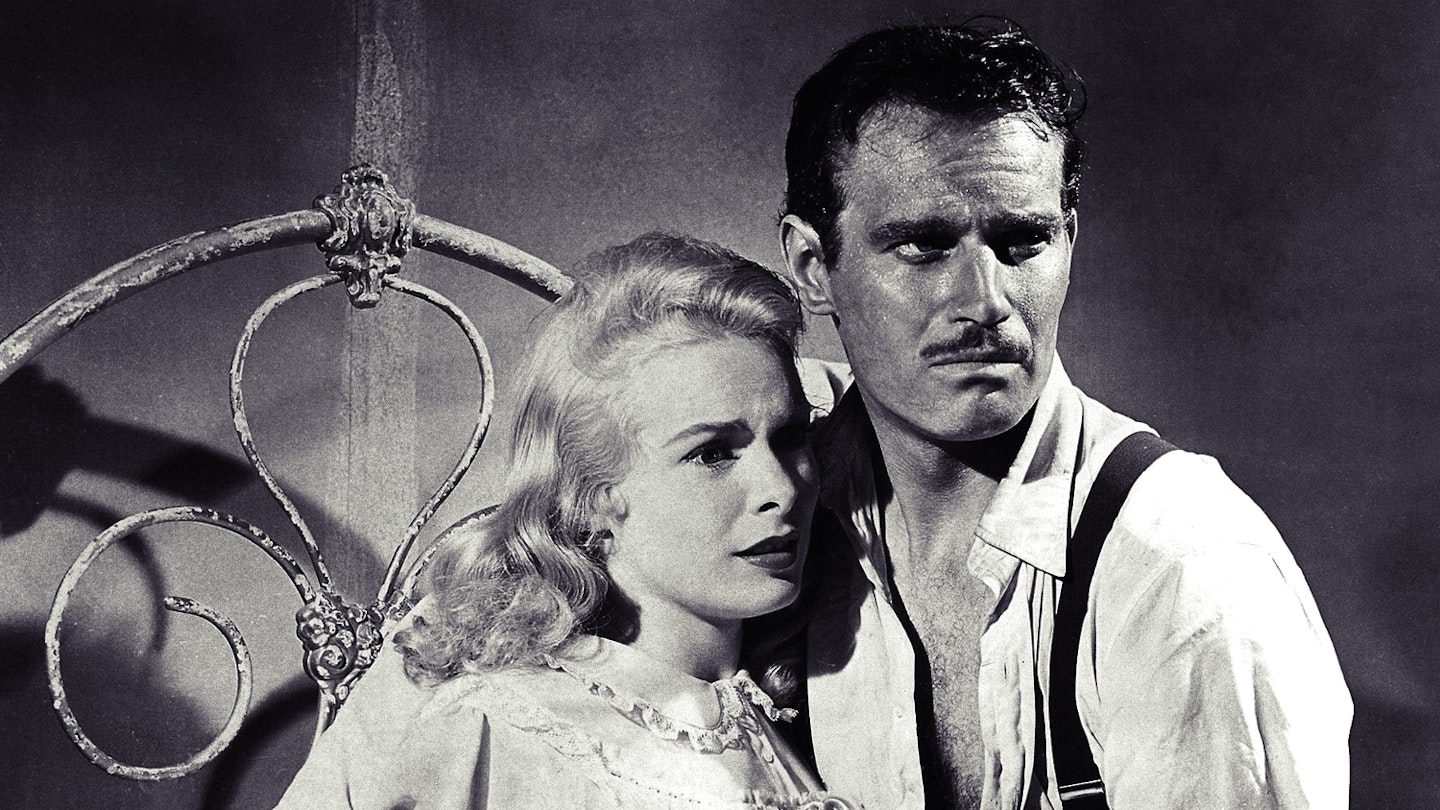 18 of 22
18 of 22Touch Of Evil (1958)
Director: Orson Welles
Starring: Charlton Heston, Janet Leigh, Orson Welles
Theatrical Cut: 108 minutes
Director's Cut: 111 minutes
What's different? Like most Orson Welles films, Touch Of Evil went through the creative differences wringer. Having shot and starred in the adaptation of Whit Masterson's novel Badge Of Evil, Welles once again found himself at loggerheads with a studio — this time Universal — who took the film away from him during post-production. The suits reconfigured his handiwork into a more conventional form, blanding out Welles' outlandish editing choices and ordering director Harry Keller to shoot more expositional material. In response, Welles drafted a 58-page memo which detailed his creative vision for the film. After the film still found favour as one of Welles' best, in 1998 Apocalypse Now editor Walter Murch recut the film to conform to Welles' wishes as laid out in his memo. Omitting most of Keller's story spoon-feeding, the most obvious change is with the iconic opening tracking shot that glides through the streets of a Mexican border town leading to the explosion of a car. As per Welles' instructions, Murch removed the opening titles (showcasing Russell Metty's bravura camerawork to the full) and dropped Henry Mancini's jazzy score for sound effects and source music. Another change reinstated Welles' original intention to cross-cut the stories of Vargas' (Charlton Heston) run-ins with Sheriff Quinlan (Welles) with his new wife Susan's (Janet Leigh) encounters with a local gang. While the plot is still ridiculously complicated, Murch's version make it at once easier to follow and more sophisticated – a sweaty, byzantine treat.
Which one should I watch? The director's cut, impressionistic but somehow more cogent. Putting Mancini's excised score over the end credits might have been a nice touch though.
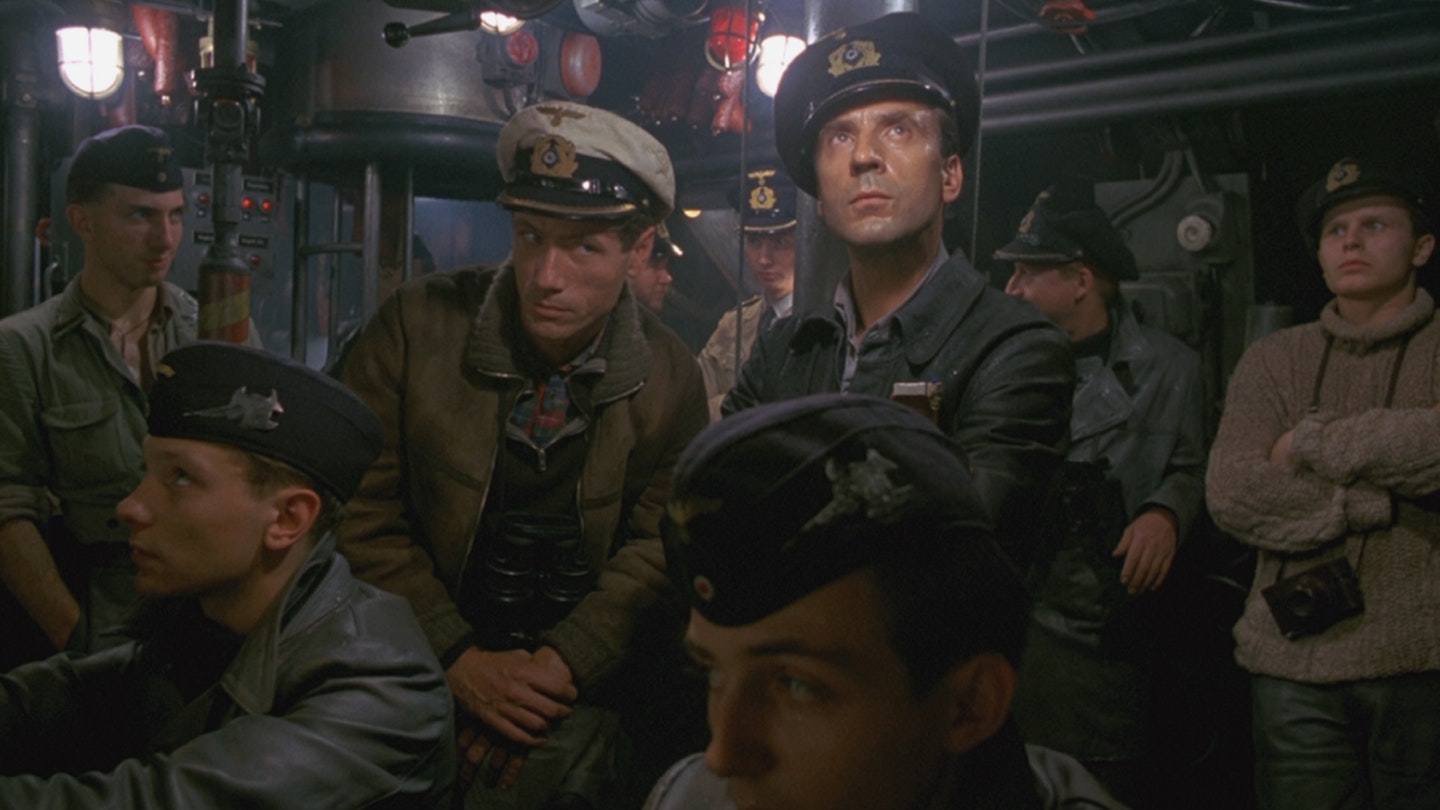 19 of 22
19 of 22Das Boot (1981)
Director: Wolfgang Petersen
Starring: Jurgen Prochnow, Herbert Grönemeyer, Klaus Weinnemann
Theatrical Cut: 149 minutes
Director's Cut: 208 minutes
What's different? Before he went all Hollywood with In The Line Of Fire, Air Force One and Troy, German filmmaker Wolfgang Petersen made his name with Das Boot – a riveting drama following the exploits of German submarine U-96 during its treacherous sortie during the Battle of the Atlantic. A rare international hit that humanised the 'enemy', it spun breath-taking action sequences with sustained scenes of the crew managing tedium that somehow managed to be riveting.It started life as a 149-minute theatrical version released in 1981, was then expanded to a 6 x 50-minute TV series, broadcast on BBC Two in 1984. Petersen split the difference, creating a 208-minute Director's Cut in 2009. The story arc remains the same but, compared to the theatrical edition, the Director's Cut allows time for the characters to breathe – adding more scenes of repairing the sub and making more sense of the gallows humour born out of boredom – without ever dissipating the tension. The sense of unease is palpable. Ping!
Which one should I watch? The TV series. The slow build of grim details, the extra investment in the characters (there is more on land) and the boxy TV aspect ratio make for maximum claustrophobia.
 20 of 22
20 of 22Brazil (1985)
Director: Terry Gilliam
Starring: Jonathan Pryce, Robert De Niro, Kim Greist, Ian Holm, Peter Vaughan, Michael Palin
Theatrical Cut: 132 minutes
Love Conquers All Cut: 94 minutes
Director's Cut: 142 minutes
What's different? Few films offer nascent filmmakers an object lesson in studio interference like Terry Gilliam's torturous attempts to release Brazil. His dark, dystopian story of a British society governed by a terrifyingly banal Big Brother-style bureaucratic regime was greeted with uncertainty by US distributor Universal, with head Sid Sheinberg demanding, and then manufacturing (without the director's knowledge) a slimmed-down, happy ending version known as Love Conquers All. It is, suffice to say, terrible. The original theatrical release hews closer to Gilliam's vision, though it is missing two much darker passages which enhance the dystopia, which both feature in the slightly longer Director's Cut.
Which one should I watch? The Director's Cut, if you can find it. Of course, if you really want to witness a truly misguided attempt to tinker with a film, the Love Conquers All cut is a real specimen.
 21 of 22
21 of 22Leon (1994)
Director: Luc Besson
Starring: Jean Reno, Natalie Portman, Gary Oldman
Theatrical Cut: 110 minutes
Version Intégrale: 133 minutes
What's different? Sometimes billed as a Director's Cut despite Besson himself simply referring to it as 'the long version', the Version Intégrale was the cut of the film originally destined for cinemas until certain scenes tested cataclysmically with American preview audiences and were removed. The extended version made its debut in French cinemas in 1996, before finding its way onto DVD some years later, but it doesn't take a puritan to see why the scenes in question proved problematic prior to release. The additional 23 minutes see Mathilda undergoing more intensive assassin training as Léon's apprentice and make her fully complicit in a number of murders, where she actively assists him in carrying out contracts. More problematic than that, however, is that the already uncomfortably ambiguous relationship between the two is made far more explicit, with the pair sharing a bed and the 12 year-old Mathilda directly propositioning Léon for sex (which he refuses).
Which one should I watch? The extended cut is definitely worth watching for the additional material and to fully experience the film as it was originally intended. However, while the added scenes have value, they're also wildly problematic and lend the film a significant ick factor that proves distracting. All things considered, you're better off sticking with the theatrical cut.
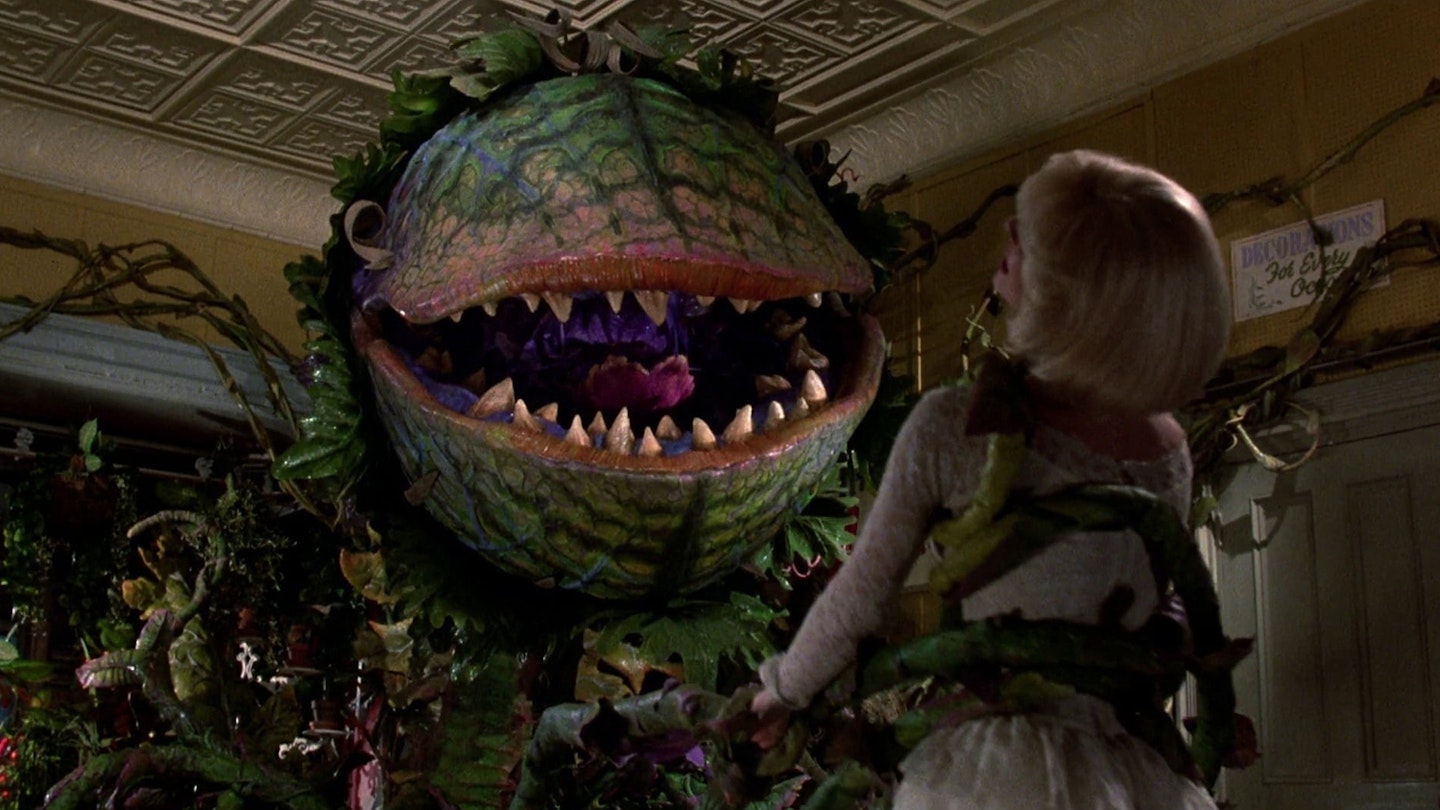 22 of 22
22 of 22Little Shop Of Horrors (1986)
Director: Frank Oz
Starring: Rick Moranis, Ellen Greene, Vincent Gardenia, Steve Martin, Levi Stubbs, John Candy, Christopher Guest, Bill Murray
Theatrical Cut: 94 minutes
Director's Cut: 103 minutes
What's different? Before his classic adaptation of nutty sci-fi musical Little Shop Of Horrors hit cinemas, director Frank Oz test-screened it to an unknowing audience who revelled in its magnificence – until the last ten minutes. Negative reactions to its wild (and slightly depressing) finale saw a happier climax shot – one in which the mighty Audrey II plant is destroyed by some handy electrical wire. The forgotten footage of the original ending was seemingly lost in a studio fire, and was later snuck out in a rough black-and-white version on a DVD in 1998 which was swiftly recalled from sale. But in 2012, the official Director's Cut arrived on Blu-ray with the original ending reconstructed, remastered, and released to the public (in colour!)The alternate ending more closely follows the narrative of the off-Broadway production the film was based on. Instead of Seymour and Audrey escaping and living happily ever after somewhere that's green, both are eaten by Audrey II – and the following 10 minutes depicts a campy conquest of the planet by a race of alien fly-traps, featuring the cut song 'Don't Feed the Plants'. Plants crash through city buildings, swallow trains, climb atop the Statue of Liberty, and – eventually – one rips through the cinema screen to threaten the audience. Cue that closing title card: 'The End?!?' It's joyfully absurd.
Which one should I watch? The Director's Cut – while it sacrifices the loveable characters of Seymour and Audrey, it's approved and preferred by Frank Oz himself, and more successfully reflects the cautionary, Faustian explorations of greed and a brain-washed consumerist America. Not to mention you get to see more (Seymour?) of Richard Conway's incredible SFX and puppetry.
